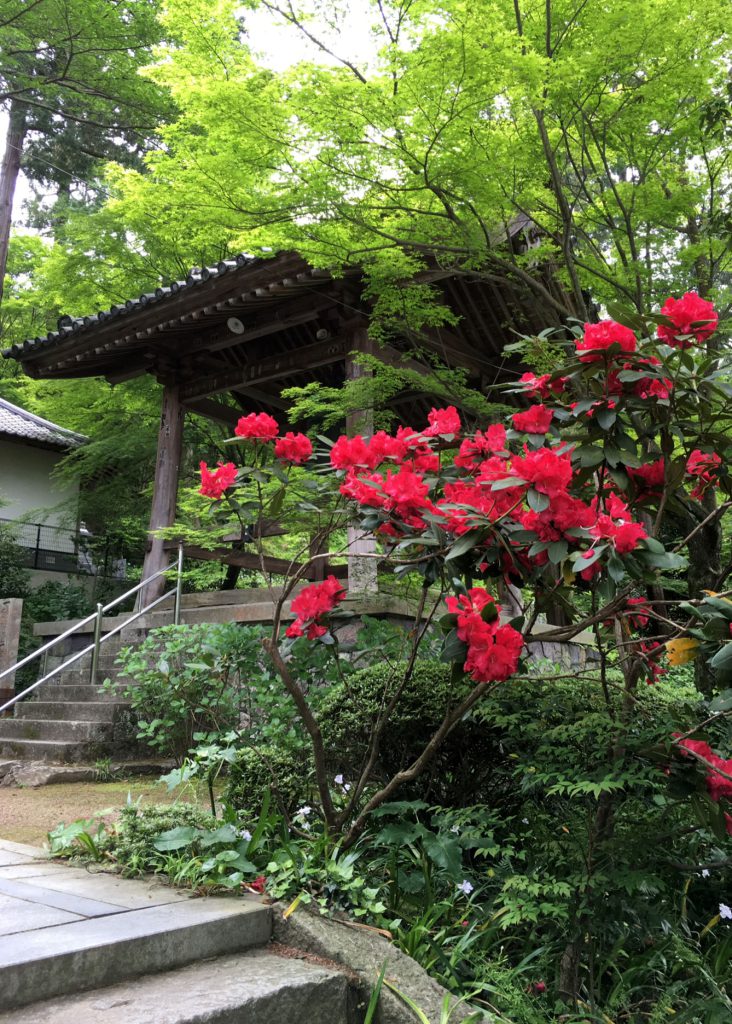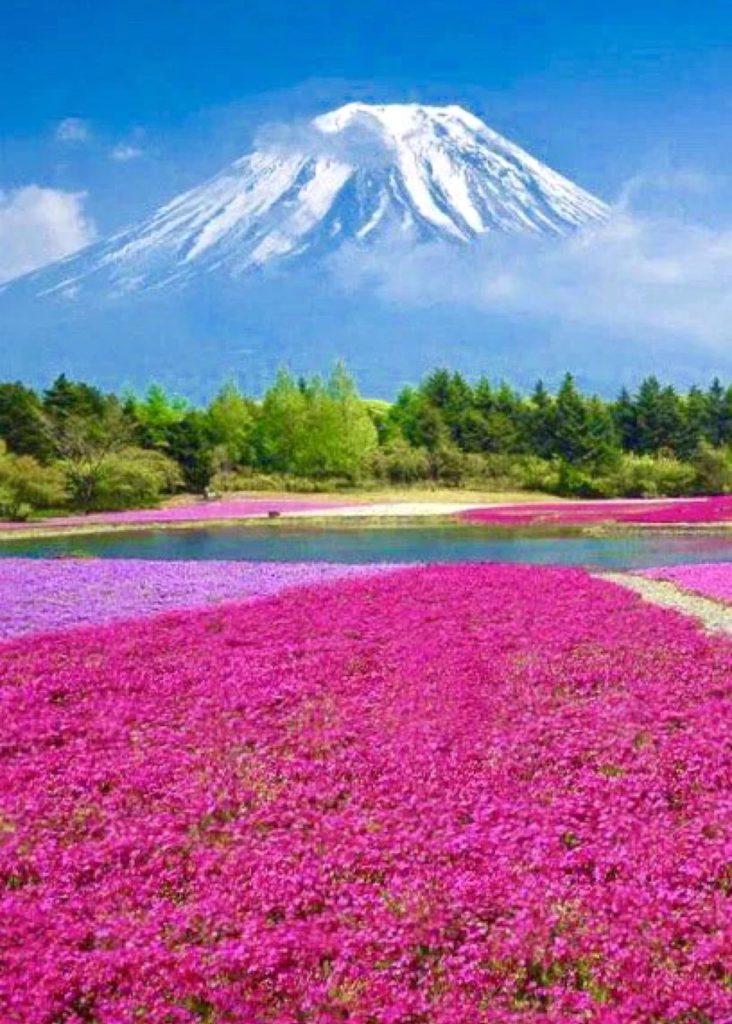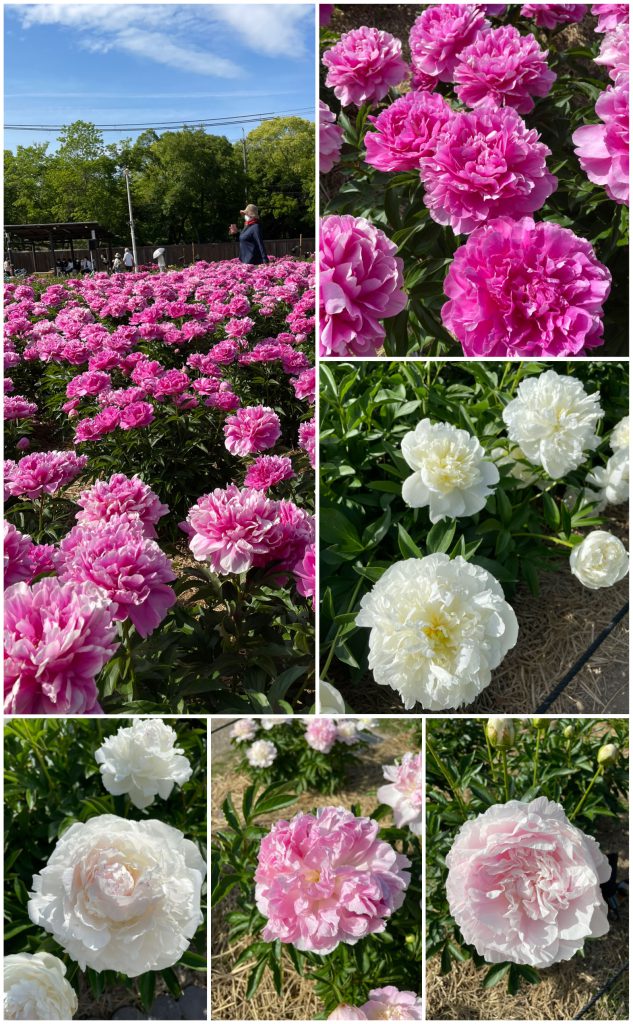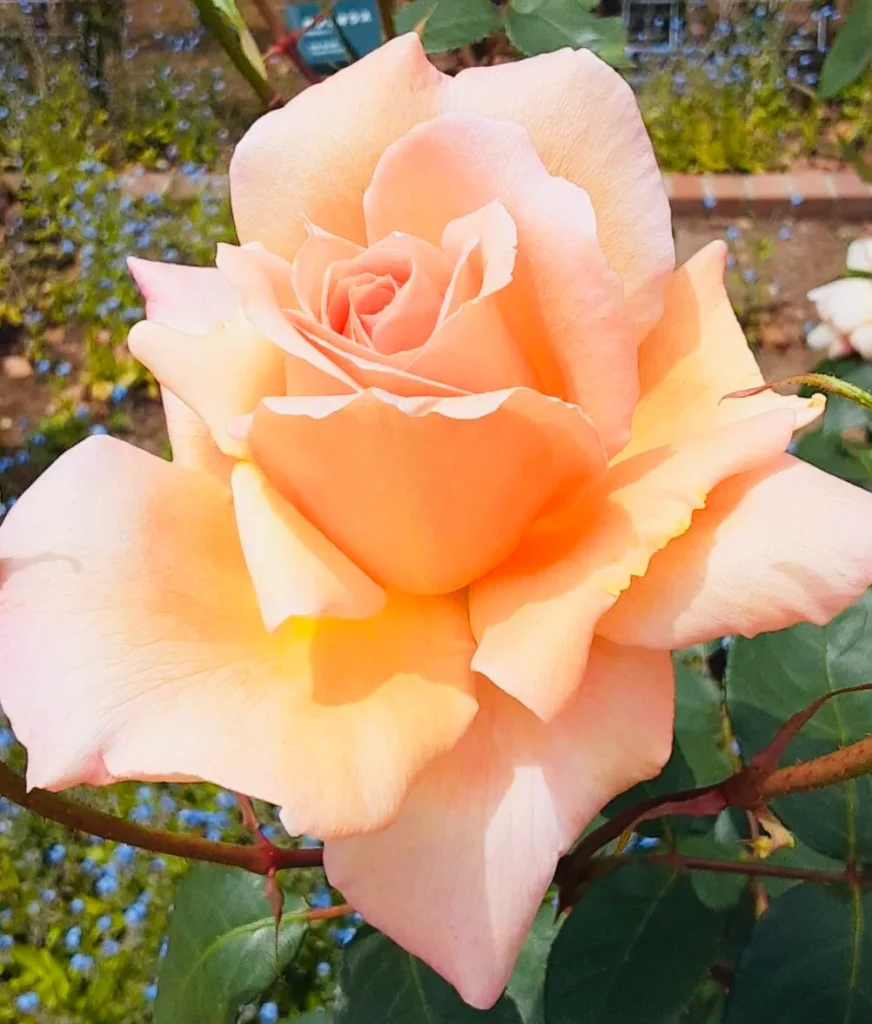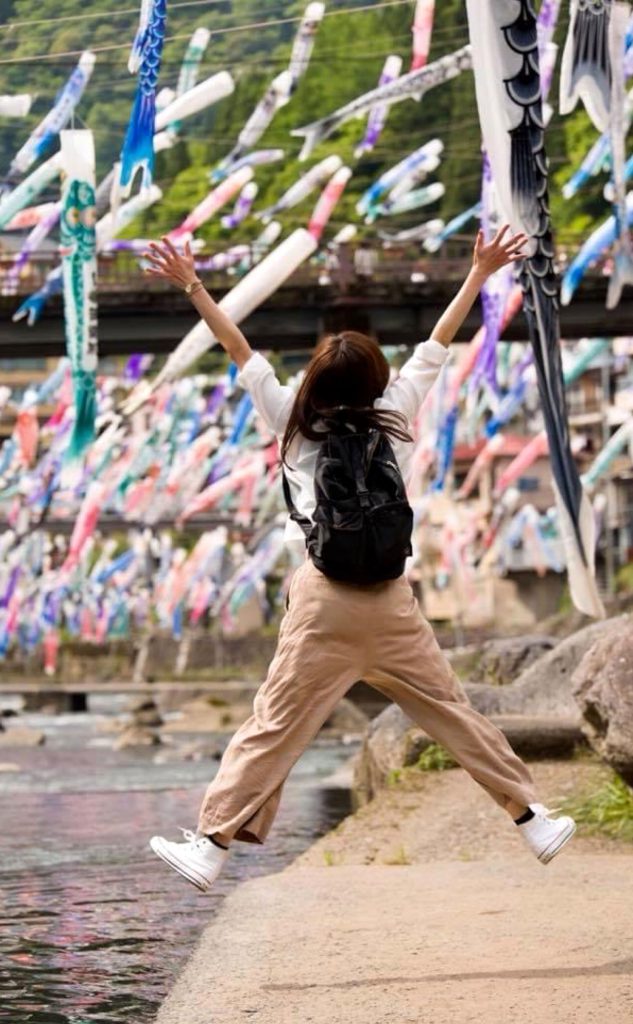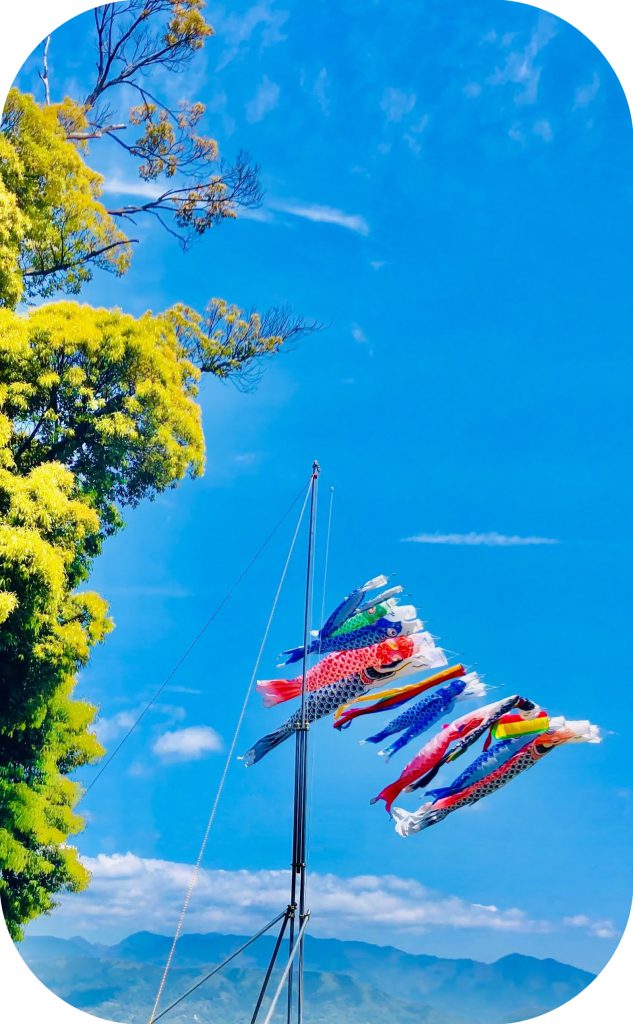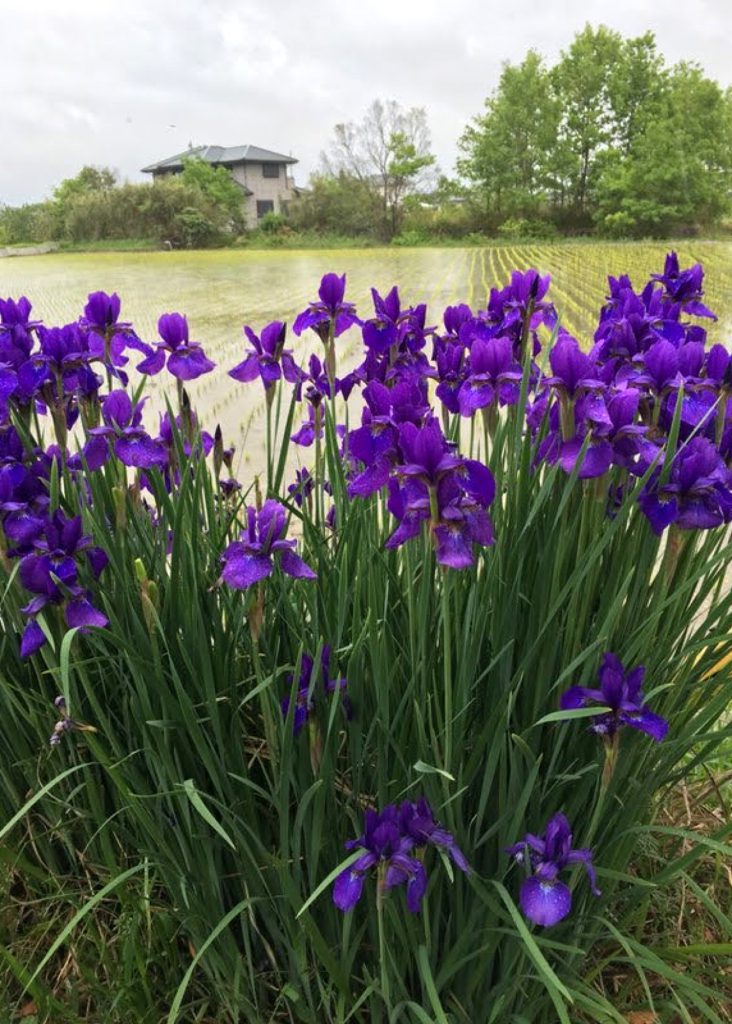
Potatoes in a nearby field are in bloom. In the middle of the five purplish pink petals, there is the center of a flower that looks like a small yellow paprika, and it is a flower with a neat atmosphere as a whole. It seems that Marie Antoinette liked it as a hair accessory, but I can nod. In Japanese, it is also called Jagaimo, but it seems that there are many other names. The origin of potatoes is around Lake Titicaca on the Altiplano Plateau, which straddles Peru and Bolivia in South America, and has been cultivated in Peru and Chile since before the 6th century. It is said that it was introduced to Europe after the Inca conquest of Pissarro, and it was initially regarded as an ornamental plant, but eventually it was spread to the common people by the kings of France and Germany because of its high value as food. In Japan, potatoes came from Jakarta to Hirado, Nagasaki Prefecture by Dutch ship during the Edo period, and the potatoes came from Jakarta, so the name “Jagaimo” was given.
近くの畑のジャガイモが花を咲かせています。5枚の紫がかったピンクの花びらの真ん中には、黄色いパプリカをうんと小さくした様な花心があって、全体的に清楚な雰囲気の花です。マリー・アントワネットが好んで髪飾りにしていたそうですが頷けます。こんな美しい花の名前がジャガイモですから、なんだかピンときません。英語のポテトのほうがまだましな気がします。日本語ではバレイショ(馬鈴薯)とも言いますが、それ以外にも沢山の呼び名がある様です。ジャガイモの原産地は南米のペルーとボリビアにまたがる、アルティプラノ高原のチチカカ湖周辺で、ペルーやチリでは6世紀以前から栽培されていました。ヨーロッパへ伝えられたのは、ピサロのインカ征服以降といわれ、最初は観賞用植物とされましたが、やがて食物としての価値が高いことからフランスやドイツの王が庶民に広めました。日本には江戸時代に、ジャガイモがジャカルタからオランダ船によって長崎県平戸に渡来し、ジャガタラからやって来たイモということでつづめてジャガイモという名前が付きました。

